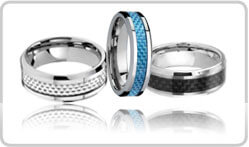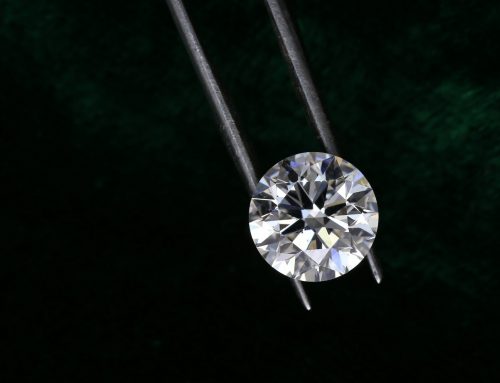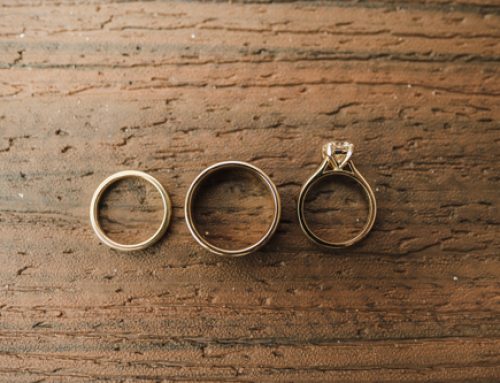When trying to figure out what type of ring to purchase for your wedding band, you undoubtedly found silver, gold and platinum options. Then, upon researching the qualities in a ring that fit your lifestyle, you first realized that gold, silver, or platinum may not be what you need, because they can scratch easily and require more maintenance. Some people just do not have time for that. After some more research you probably came across an alternative ring source. Due to your need for a ring that not only could withstand your day-to-day activities but also maintain a lustrous shine, your options were not that great. However, you finally discovered the perfect fit: tungsten carbide.

Despite your assertions and your excitement in telling anyone and everyone who will listen about your discovery. It is exciting: durable, scratch resistant tungsten wedding bands that will not cost you an arm and a leg. But, you’ll be disappointed in knowing that you did not quite discover tungsten. In fact, tungsten has been around for quite some time. It was discovered in the 16th century.
Tungsten was not always known as “tungsten”. At first, it was referred to as “Wolfram” when it was discovered in Germany by miners. Wolfram, which means “wolf froth” was given to the tungsten compound because of the way it reacted during a mineral reduction, where it looked like it was devouring tin, like a wolf would devour sheep.
Wolfram became known as Tungsten when it was “discovered” again by a Swedish chemist and mineralogist in 1755. Axel Frederik Cronstedt had discovered a very dense mineral and was convinced that it contained another element that had possibly not been discovered. Due to its density, he called it “tung-sten” which is Swedish for “heavy stone.”
Decades later, another Swedish chemist, Carl Wilhelm Scheele successfully isolated lime and an unknown acid from the tungsten mineral, but was unable to find a way to purify the metal. Due to Scheele’s contributions to the research on tungsten, the mineral is now called “scheelite”.
Tungsten as we know it now was not isolated until a few years later when two Spanish chemists Fausto and Juan Jose d’Elhuyar y de Suvisa discovered that wolramite (scheelite) contained the same tungstic acid that Scheel had discovered earlier in his research.
In order to isolate the metal, the Spanish brothers and chemists prepared tungsten trioxide from a crushed wolframite. After that, they were able to isolate tungsten from the oxide, using carbon. This way they were able to isolate the metal. They called the metal wolframite. For that reason, some European countries refer to the metal as wolfram rings, even though tungsten is a more widely accepted name.
Now that you have discovered the information regarding the discovery of tungsten, you can share some of your information to the friends you tell about your discovery of tungsten carbide jewelry, a little substance to go with your flashy new ring.





Leave A Comment